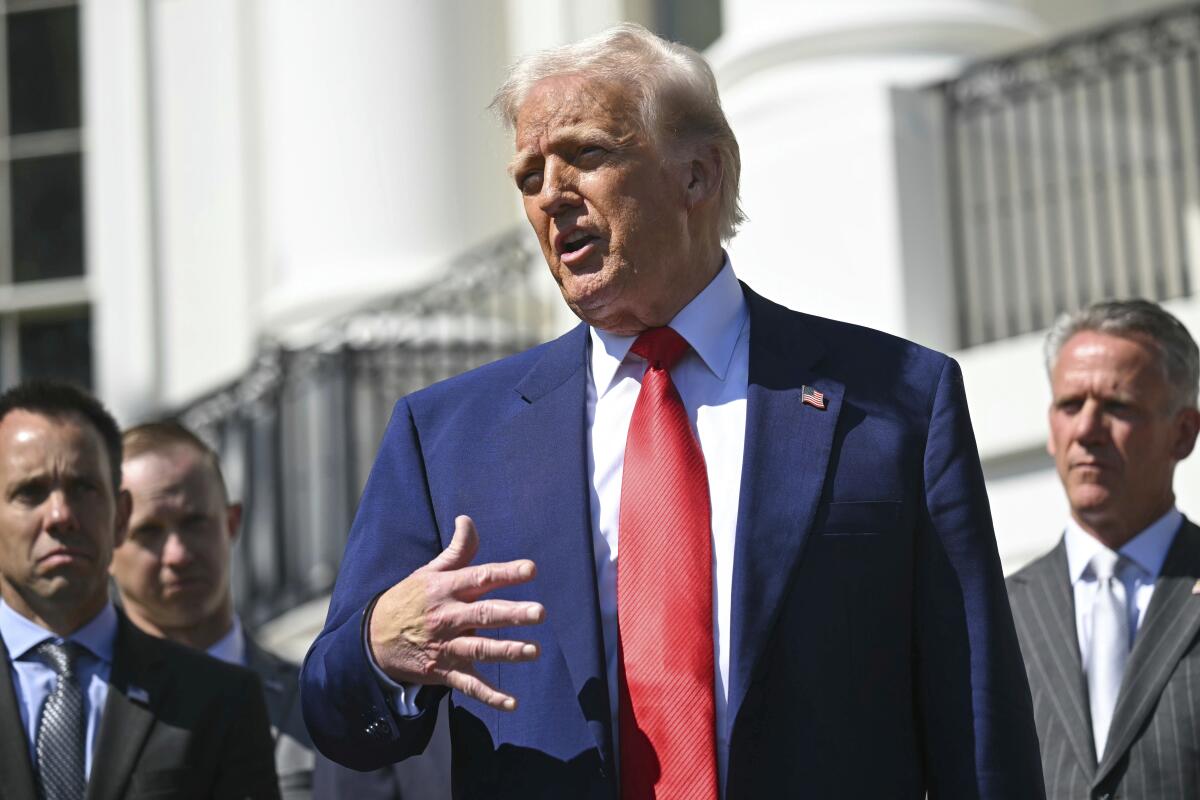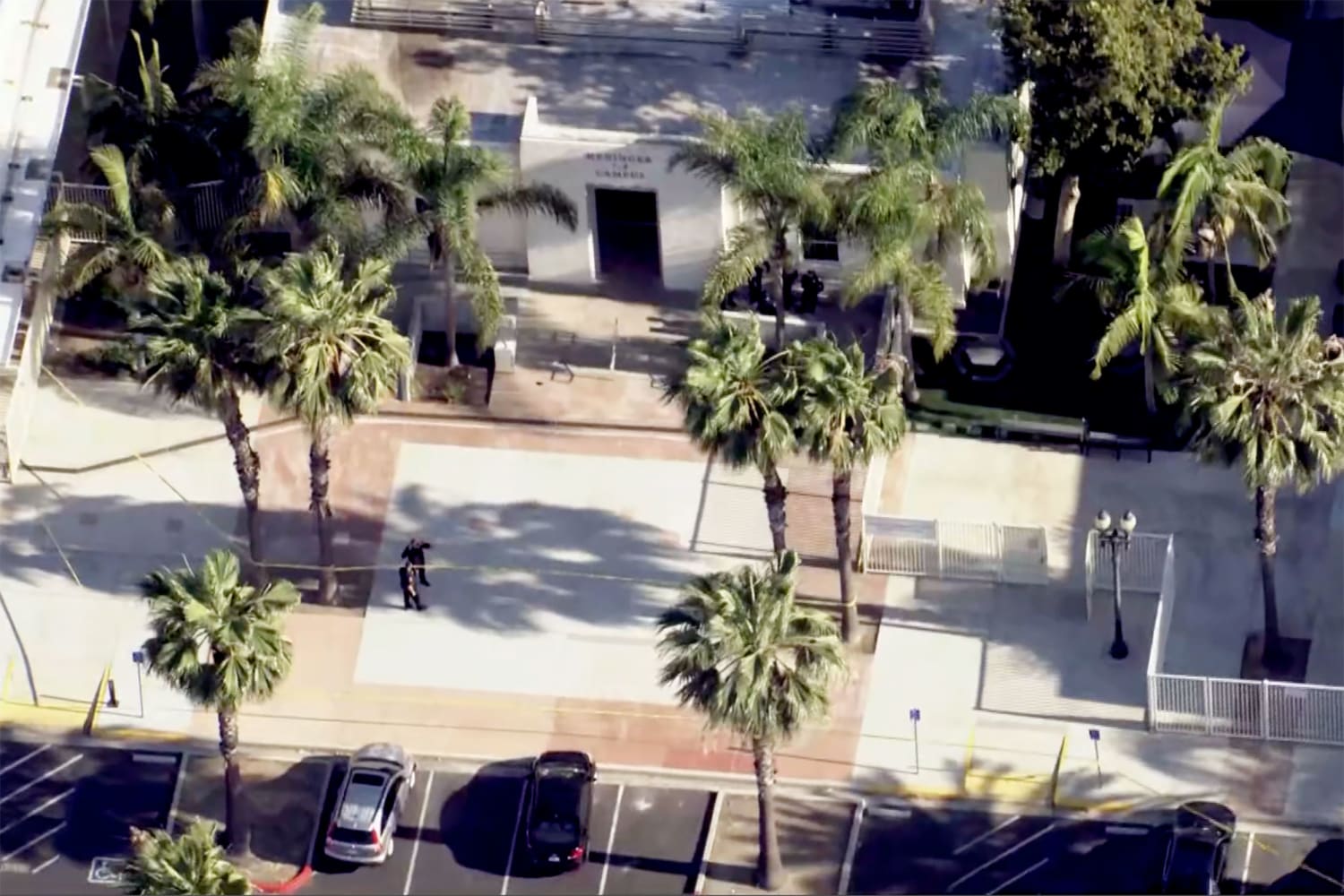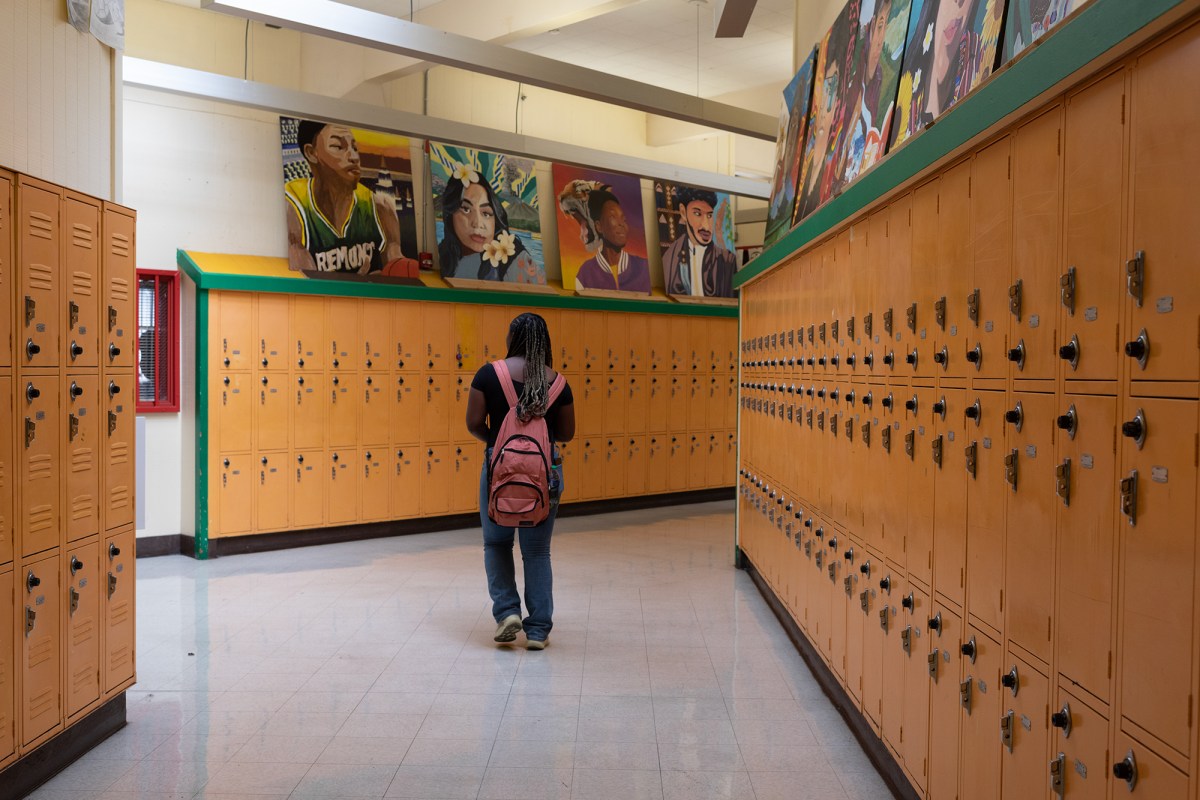Executive Summary
- The NCAA and plaintiffs proposed revisions to the House v. NCAA settlement to address concerns about roster limits raised by Judge Claudia Wilken.
- The revised proposal gives schools the *option* to grandfather in athletes who would lose roster spots due to the settlement, exempting them from roster limits.
- Despite the proposed changes, uncertainty remains for many athletes, particularly those already cut from teams, with potential financial and emotional consequences.
Event Overview
The NCAA is facing scrutiny over a proposed settlement in the House v. NCAA case, particularly concerning the implementation of roster limits in Division I sports. U.S. District Judge Claudia Wilken voiced concerns that these limits could unfairly impact current athletes, leading to potential job losses for thousands after the current school year. In response, the NCAA and plaintiffs' attorneys have proposed revisions that would allow schools to grandfather in affected athletes, giving them the option to retain athletes without counting against the new roster limits. The judge is currently reviewing these revisions, with the settlement's future hanging in the balance.
Media Coverage Comparison
| Source | Key Angle / Focus | Unique Details Mentioned | Tone |
|---|---|---|---|
| USA Today | Details of the proposed arrangement addressing the judge's objection on roster limits. | The filing says the NCAA has agreed to an arrangement where athletes who would have lost their spot for 2025-2026 will be exempt from roster limits for their college careers. An objector of the settlement, Steve Molo, said that the proposed modification doesn’t go far enough. | Neutral, factual reporting with some inclusion of dissenting opinions. |
| The Washington Post | Judge Wilken's role and the potential impact of her decision on the settlement. | Schools are permitted, but not required, to grandfather in current athletes who have lost spots because of the potential legal agreement. If schools decide to keep athletes, none would count toward roster limits for the rest of their college careers. The judge gave the two sides two weeks to figure out a response. | Analytical, focusing on the legal and strategic aspects of the situation. |
| On3 | The plan to phase in roster limits and the implications for athletes who have already been cut. | Athletes who had their positions cut will be eligible for reinstatement at schools’ discretion. Athletes who leave or are not retained by their current school would keep grandfather status at a new school. Roster limits are expected to heavily impact football, swimming, track and cross country. | Informative, highlighting the practical consequences for athletes and specific sports. |
| NPR | The emotional and financial impact of the settlement and potential roster cuts on college athletes. | Many athletes have already been cut from teams. At Ohio State, officials anticipated cutting between 150 to 175 athletes. Schools are cutting roster spots on rowing teams, limiting the number of collegiate athletes eligible to compete in the sport. | Empathetic, focusing on the personal stories and struggles of affected athletes. |
Key Details & Data Points
- What: The NCAA and plaintiffs' attorneys have filed a new brief proposing revisions to the House v. NCAA settlement to address Judge Wilken's concerns regarding roster limits. The revisions aim to mitigate the impact on current athletes who might lose their roster spots due to the settlement's implementation.
- Who: Key individuals include Judge Claudia Wilken, plaintiffs' attorney Jeffrey Kessler, NCAA representatives, athletes, and university athletic directors such as Ross Bjork (Ohio State). Key organizations include the NCAA, Power Five conferences, and various Division I universities.
- When: Judge Wilken raised her concerns on April 23. The revised proposal was submitted on May 7. Responses are due May 13, and replies by May 16. The settlement's roster limits were initially set to take effect on July 1.
- Where: The legal proceedings are taking place in the U.S. Northern District Court of California. The impact is felt across Division I universities nationwide.
Key Statistics:
- Key statistic 1: $2.8 billion: (Amount to be paid in back damages to former and current athletes and their attorneys if the settlement is approved.)
- Key statistic 2: 105: (Proposed roster limit for football teams under the settlement.)
- Key statistic 3: 150-175: (Estimated number of athletes Ohio State anticipated cutting if the roster limits were immediately implemented.)
Analysis & Context
The NCAA settlement, intended to resolve antitrust cases and allow direct payments to athletes, faces a critical juncture. Judge Wilken's intervention highlights the ethical and practical challenges of implementing roster limits. The proposed revisions, while aiming to protect current athletes, introduce complexities and potential inequities. The decision to give schools the option, rather than the requirement, to grandfather in athletes raises concerns about inconsistent application and potential for some athletes to be left behind. The long-term impacts on college sports, including team composition, scholarship allocation, and competitive balance, remain uncertain and depend heavily on the final terms of the settlement and its interpretation by individual institutions.
Notable Quotes
Many, many student athletes have had something taken away from them. The fight will continue.
We thus believe that this relief is exactly the type of change that the Court was seeking and in fact, provides even greater protections for athletes than the Court identified.
It was heartbreaking. I'm not going to lie. It was brutal. The fact that I'm represented in this case, I'm a plaintiff in this case, and I'm getting cut — like, how is that benefiting me? How is the pay-for-play benefiting me?
Conclusion
The NCAA settlement remains in a state of flux as Judge Wilken weighs the proposed revisions to roster limits. While the revisions aim to address concerns about the settlement's impact on current athletes, significant uncertainties persist. The ultimate outcome will depend on the judge's decision and the subsequent actions of individual universities. The situation underscores the complexities of balancing legal settlements with the welfare of student-athletes and the evolving landscape of college sports.
Disclaimer: This article was generated by an AI system that synthesizes information from multiple news sources. While efforts are made to ensure accuracy and objectivity, reporting nuances, potential biases, or errors from original sources may be reflected. The information presented here is for informational purposes and should be verified with primary sources, especially for critical decisions.









